by Samantha Feingold (Photo Post 1)

This past weekend, Lauren and I visited the Catacombs – an underground storage of the many bodies that overflowed the French cemeteries and needed to be moved to prevent disease and make room within the cemeteries for the French population that needed ongoing space for those the passed away. Previous to the construction of the Catacombs, overflowing cemeteries and mass graves were spreading disease and causing preventable deaths among the living population. In order to address this issue, the Catacombs, underground tunnels originally dug to extract limestone used for many famous castles we still visit today, started to be carefully filled with bones in full cemeteries to create new spaces. Some of the bones in the Catacombs have been studied to tell us more scientifically of the medical state at that time – indicative of bone fractures and how they healed and attempts to determine cause of death.


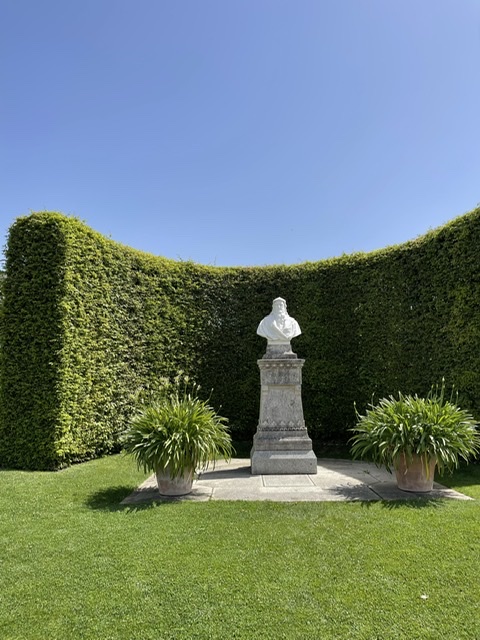
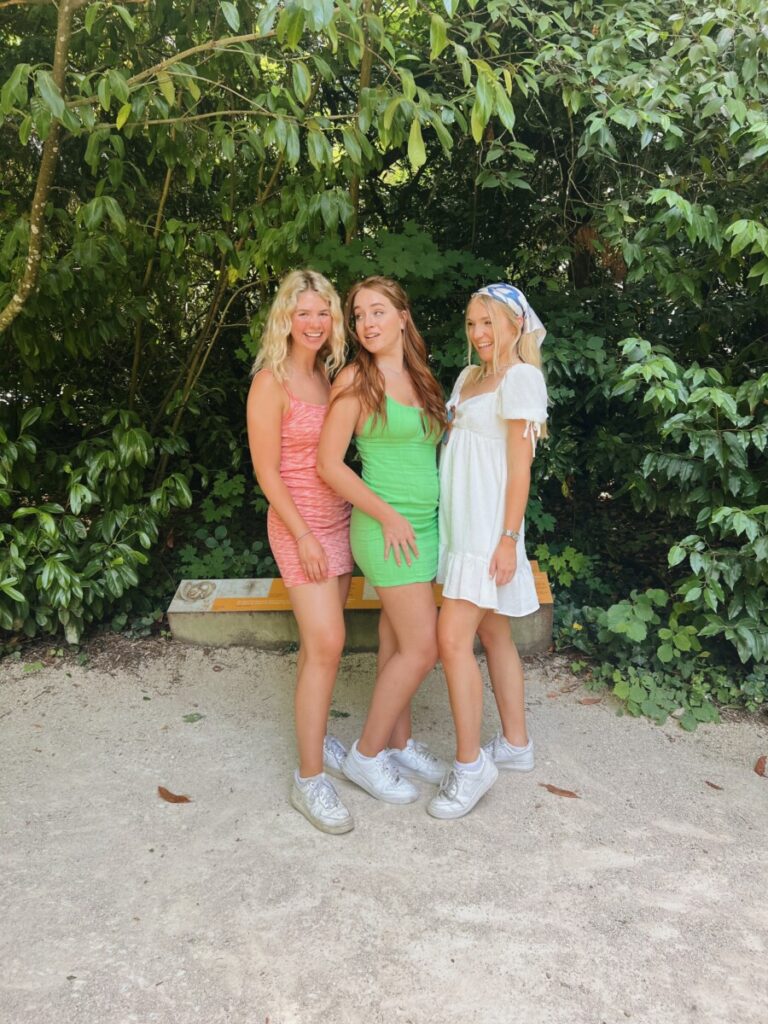
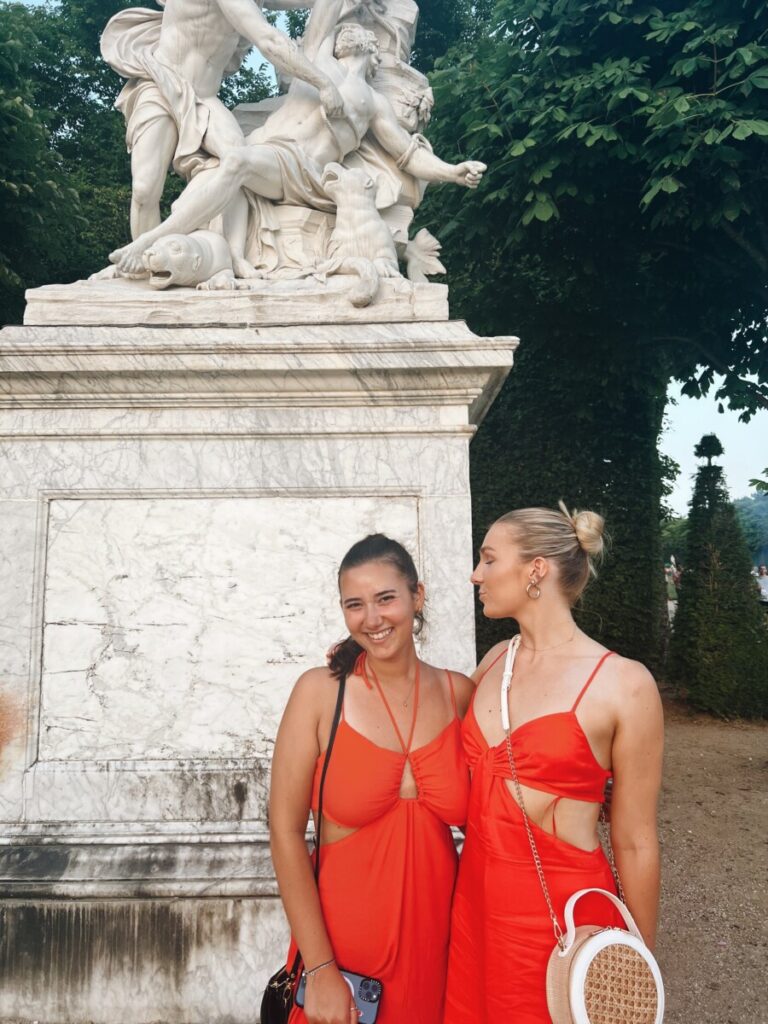
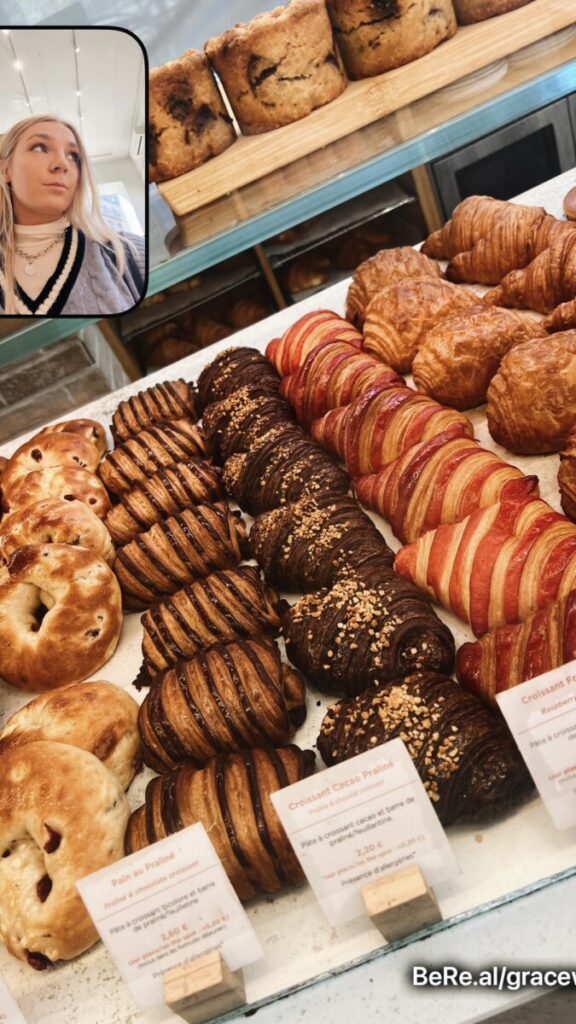

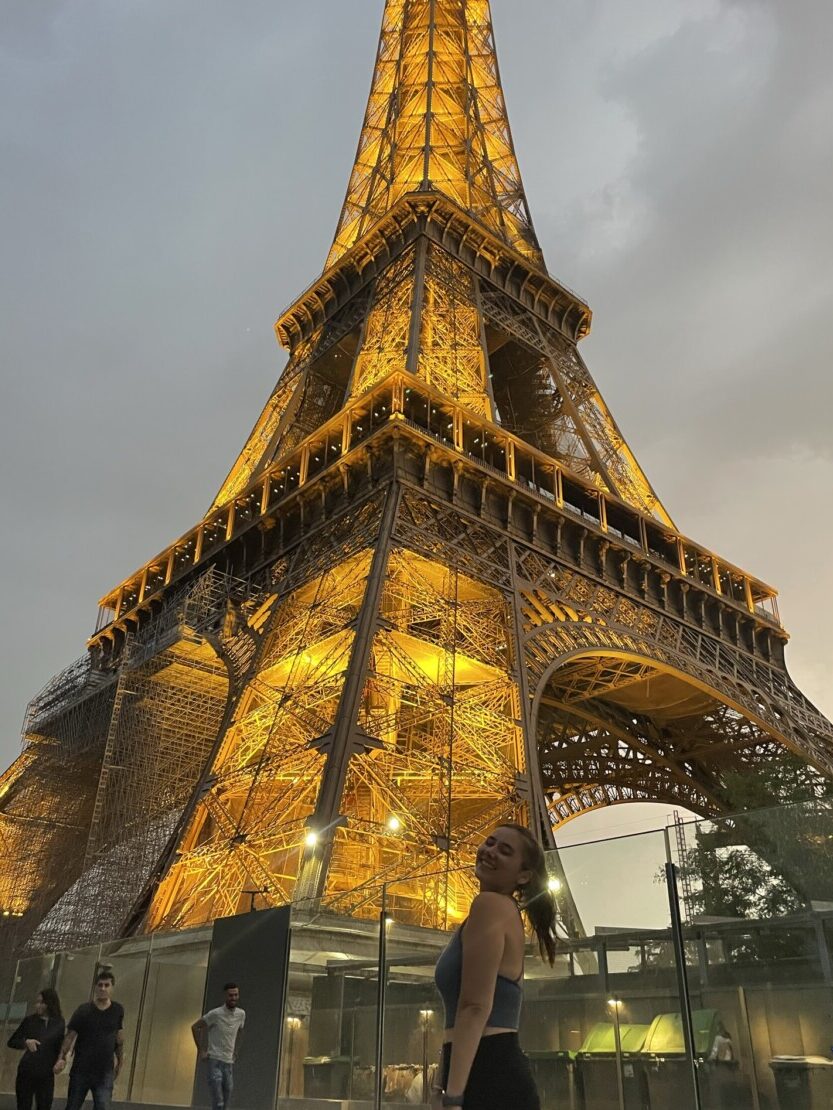
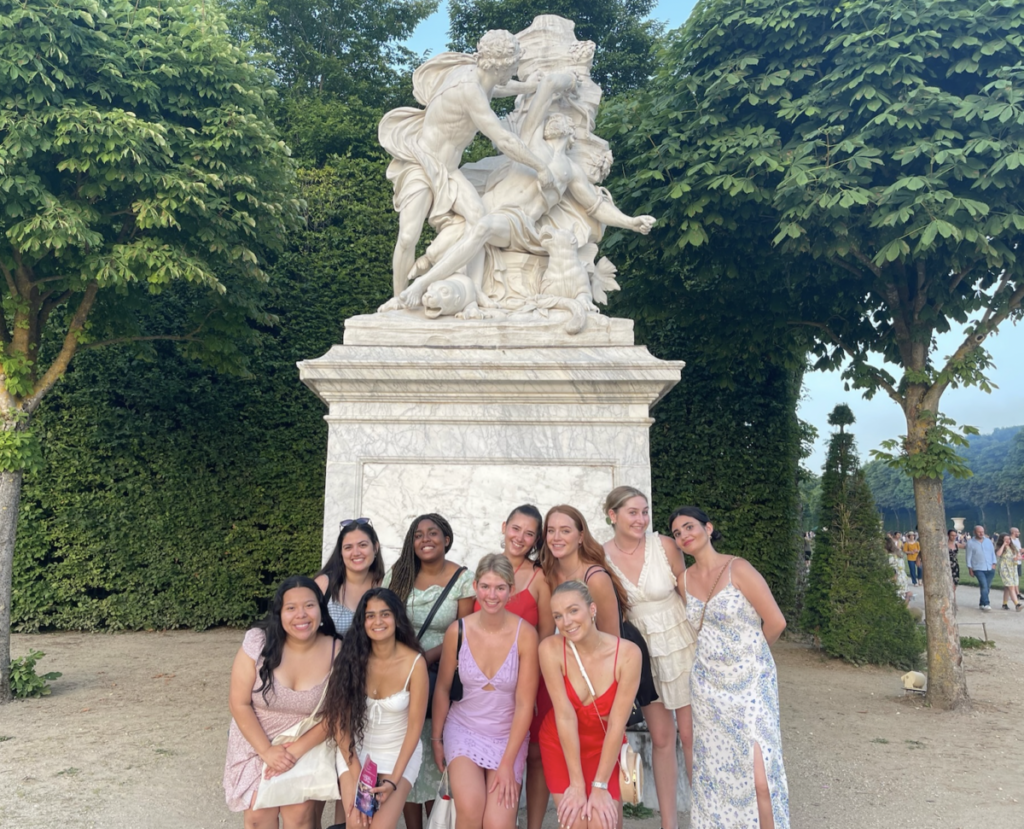
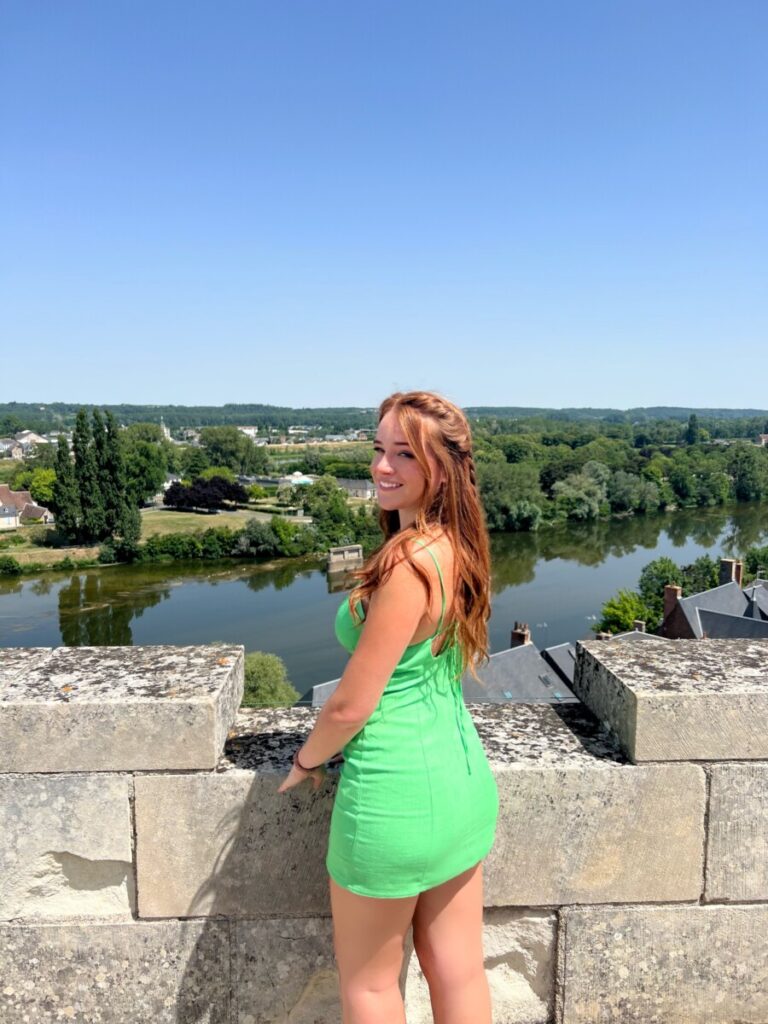
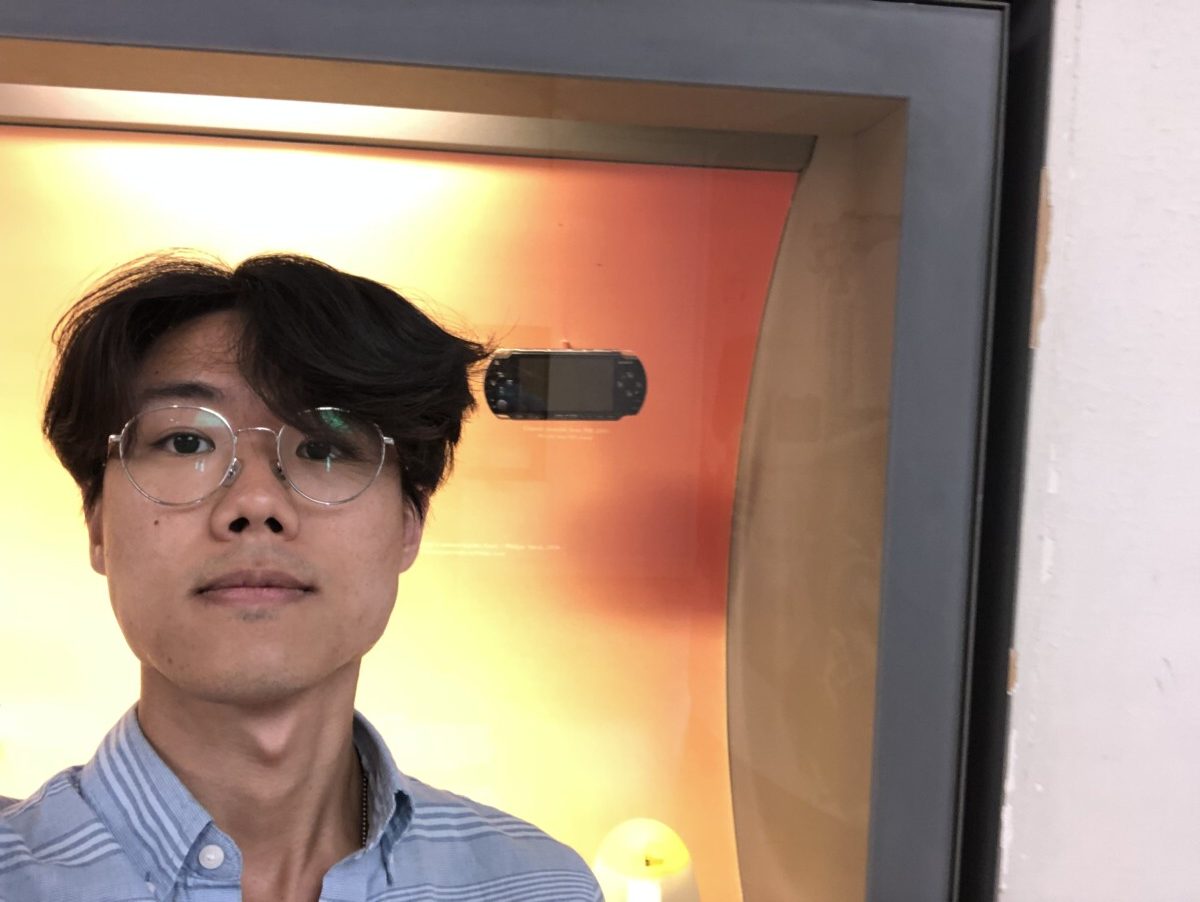 (caption: I found a childhood treasure, the PSP 3000.)
(caption: I found a childhood treasure, the PSP 3000.)